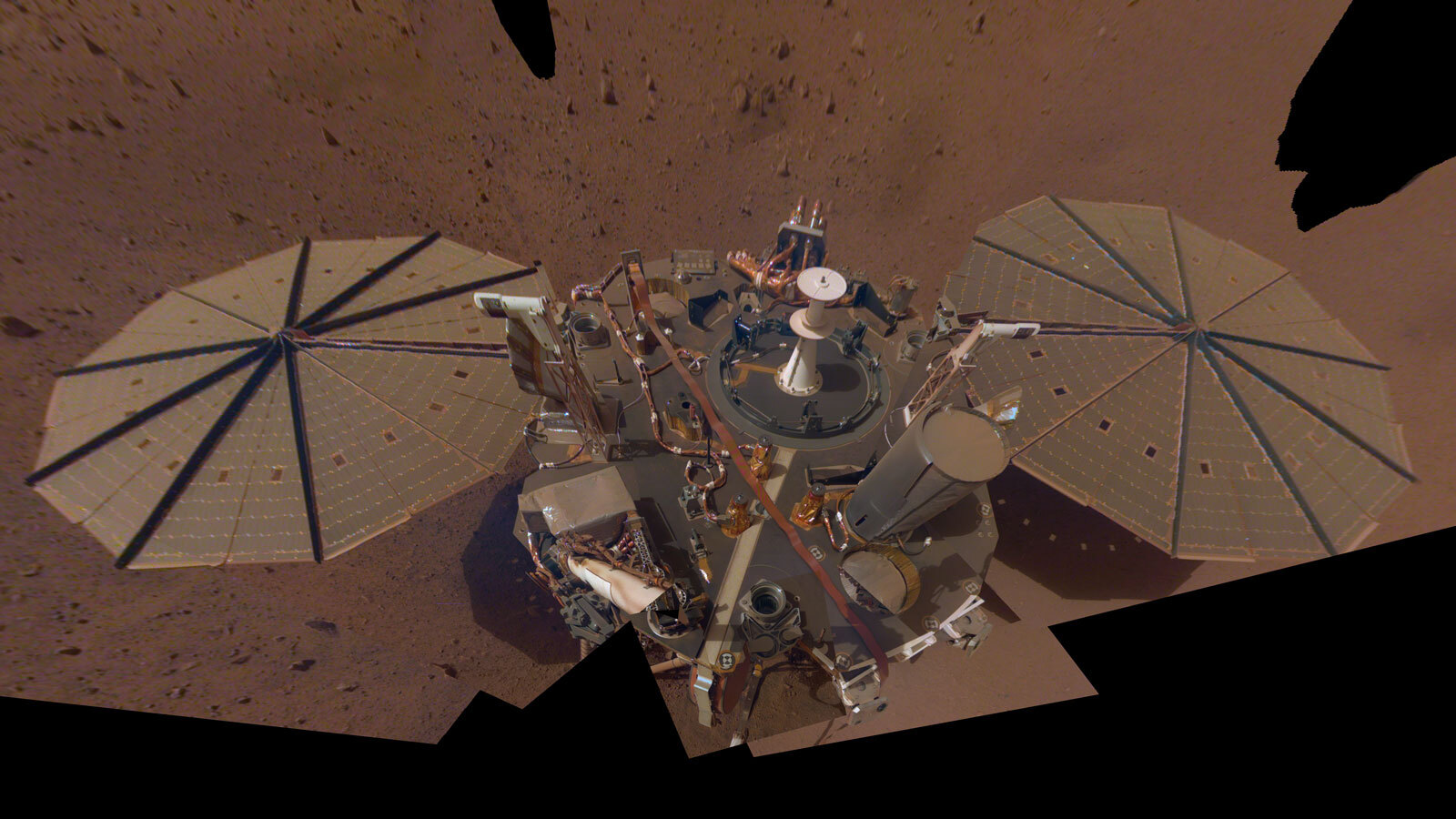
The lander cleared enough dust from one solar panel to keep its seismometer on through the summer, allowing scientists to study the three biggest quakes they’ve seen on Mars.

The lander cleared enough dust from one solar panel to keep its seismometer on through the summer, allowing scientists to study the three biggest quakes they’ve seen on Mars.
Flight number: 38 Date of flight: NET Dec. 24 Flight duration: 68 seconds Horizontal flight distance: 344 feet (105...
The rover’s self-driving capabilities will be put to the test this month as it begins a record-breaking series of...
Using carefully selected terrestrial rocks, engineers try to figure out how to work with crumbly rocks like the one...
Filled with rock, the sample tube will be one of 10 forming a depot of tubes that could be...
The Ingenuity Mars Helicopter family wishes you and yours the happiest of holiday seasons. O Ingenuity O...
The update brings loads of improvements, the most significant being new driving capabilities. Read More
The newly deployed Sojourner rover – the first of its kind on the Red Planet – sits on the...
The prestigious honor recognizes the pioneering rotorcraft for its history-making flights on the Red Planet. Read More